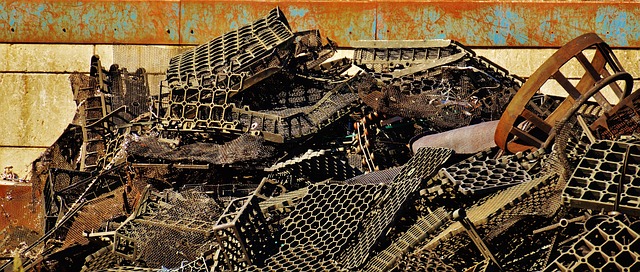Metal roofing installation is a popular choice due to its durability, low maintenance, energy efficiency, and aesthetic appeal. Crafted from materials like aluminium, steel, or copper, metal roofs offer exceptional strength and weather resistance, with some systems lasting over 50 years. Installation involves careful preparation, including structural evaluation, underlayment placement, and fastener securing for a weatherproof finish. Various styles, such as standing seam and corrugated metal roofing, cater to diverse preferences and climates. Regular maintenance and warranties ensure longevity. Homeowners consider initial costs versus long-term savings and energy efficiency benefits. Choosing experienced contractors with proven track records and proper licensing is crucial for successful installation and peace of mind.
“Elevate your home’s protection with expert metal roofing contractors – the key to durable, low-maintenance shelters. This comprehensive guide explores the world of metal roofing installation, from understanding its materials and benefits to choosing the right professionals. We’ll walk you through the installation process, unveil common types, and reveal secrets for maintenance and cost considerations. Prepare to make an informed decision with top tips tailored for homeowners seeking expert metal roofing solutions.”
Understanding Metal Roofing: Materials and Benefits
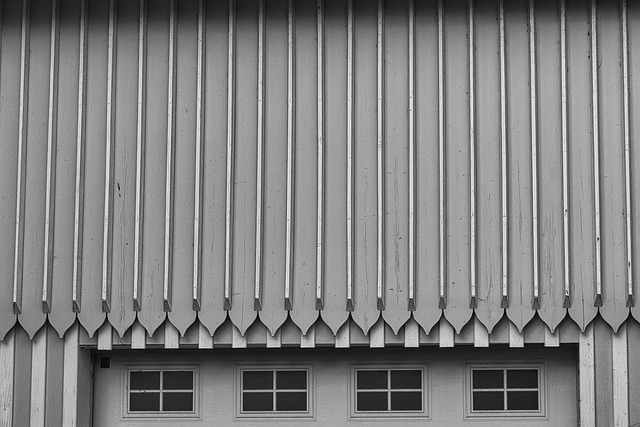
Metal roofing has gained significant popularity in recent times, and for good reason. This durable material offers a wide range of benefits that make it an excellent choice for any property owner considering a new roof or looking to replace their existing one. At its core, metal roofing is constructed from materials like aluminium, steel, or copper, which are known for their exceptional strength and resistance to weathering. These materials are also highly reflective, helping to keep homes cooler during hot summers by reflecting sunlight away rather than absorbing it, as traditional shingles often do.
One of the key advantages of metal roofing installation is its longevity. Unlike shingles that may need replacing every 15-20 years, metal roofs can last for decades with minimal maintenance. They are also highly versatile and can be designed to suit various architectural styles, from traditional homes to modern, industrial structures. Moreover, metal roofing offers superior protection against fires, extreme weather conditions, and even high winds, making it a smart investment for those seeking peace of mind and robust security for their properties.
Choosing the Right Metal Roofing Contractor
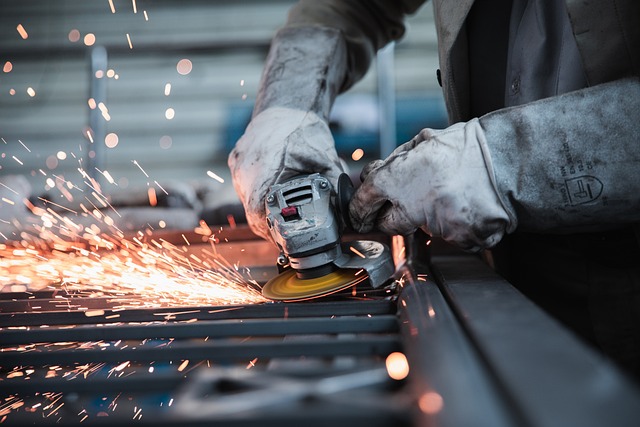
When considering metal roofing installation, selecting the right contractor is paramount to ensure a durable and aesthetically pleasing finish. Researching and choosing an expert in metal roofing is crucial, as it guarantees skilled craftsmanship and knowledge of industry best practices. Look for professionals with a proven track record, offering a range of styles and materials to suit your preferences and budget.
Reputable contractors should provide comprehensive services, from initial consultation and design to installation and maintenance. Check their licensing, insurance, and warranties to protect your investment. Online reviews and referrals from friends or neighbors can also help identify reliable metal roofing contractors who will transform your roof into a stunning feature while ensuring longevity and performance.
The Installation Process: Step-by-Step Guide
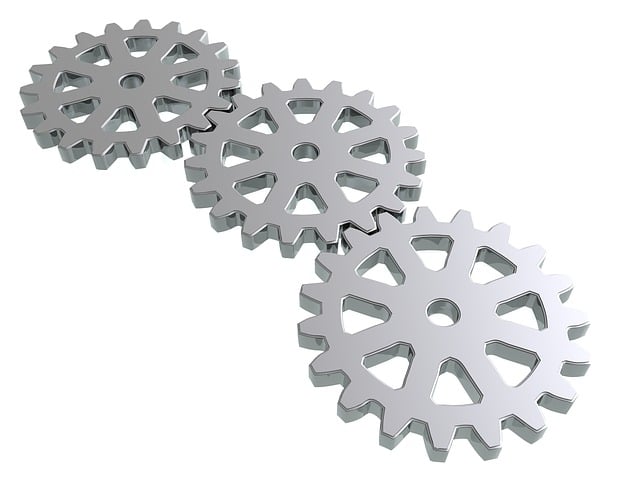
The installation process for metal roofing begins with meticulous preparation. Contractors start by assessing the existing roof structure, ensuring it’s capable of supporting the additional weight. They then measure and cut the metal panels to fit the unique dimensions of each roof, allowing for minimal waste. A key step involves installing a protective underlayment, which adds an extra layer of defense against moisture intrusion.
The actual installation entails securing the metal panels with specialized fasteners, ensuring they’re properly fastened at junctions and corners. Gutters and downspouts are also installed to manage water runoff efficiently. Throughout the process, precision is paramount, as proper alignment guarantees a durable, weatherproof finish. This step-by-step approach ensures that metal roofing installation is both effective and long-lasting.
Common Types of Metal Roof Systems
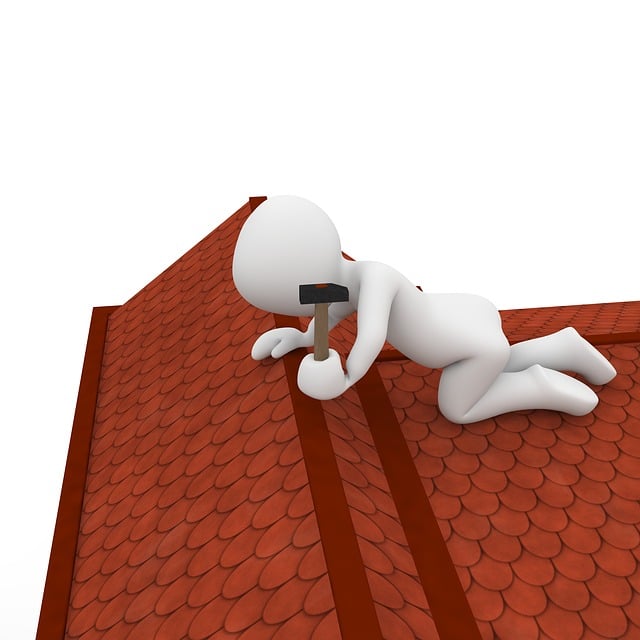
Metal roofing installation has gained immense popularity due to its durability, low maintenance, and aesthetic appeal. There are several types of metal roof systems available in the market, each offering unique features and benefits. The most common ones include standing seam metal roofing, which is characterized by vertical seams that provide a sleek, modern look, and is ideal for residential and commercial buildings alike. Another popular choice is the corrugated metal roofing, known for its strength and ability to withstand harsh weather conditions. This type of roof is often used in industrial settings and agricultural buildings.
Additionally, metal roofing contractors may offer options like metal tile roofs, which mimic the look of traditional tiles but with superior durability, and metal shingles, providing a cost-effective alternative to asphalt shingles. Each system has its own set of advantages and considerations regarding installation, style, and long-term performance, making it essential for homeowners and businesses to consult with expert metal roofing contractors to determine the best fit for their specific needs.
Maintenance and Longevity: What to Expect

Metal roofing installations are known for their longevity, often lasting 50 years or more with proper care. Regular maintenance plays a significant role in ensuring this durability. A simple cleaning routine, at least once a year, can prevent debris buildup and maintain the roof’s aesthetic appeal. This involves removing leaves, branches, and other materials that might accumulate on the surface.
Additionally, checking for loose or damaged panels is essential. Many metal roofing systems come with warranties that require minimal maintenance, offering peace of mind to homeowners. Promptly addressing any issues can prevent small problems from escalating into major repairs, ensuring your metal roof stands the test of time.
Cost Considerations for Metal Roofing Installation

When considering metal roofing installation, cost is a primary factor for many homeowners. While initial expenses can be higher compared to traditional roofing materials, metal roofs offer long-term savings. Durability and longevity are key advantages; with proper maintenance, metal roofing can last for decades, reducing the need for frequent replacements. This translates into lower maintenance costs over time.
Additionally, energy efficiency is a significant benefit. Metal roofs reflect sunlight, helping to keep homes cooler during hot summers, which can lead to substantial savings on cooling bills. Many regions also offer tax incentives or rebates for installing energy-efficient roofing, further reducing the overall cost of metal roofing installation.
Top Tips for Homeowners Before Hiring Experts
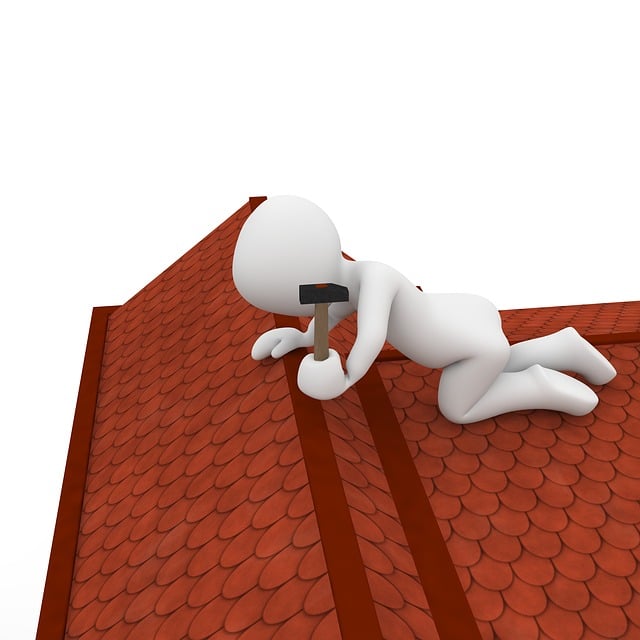
Before hiring expert metal roofing contractors for your home, there are several key tips to keep in mind. Firstly, research and verify their credentials and experience in metal roofing installation. Check if they have a proven track record with positive customer reviews and references. Secondly, ensure that the contractors you consider are licensed and insured; this protects you from potential liability and ensures professional standards.
Additionally, obtain multiple quotes from different contractors to compare prices and services. Ask about warranties on both the metal roofing materials and the installation work. A comprehensive warranty can offer peace of mind and long-term savings. Lastly, discuss your specific needs and budget openly; a good contractor should provide tailored solutions without pushing unnecessary add-ons or overselling services.
